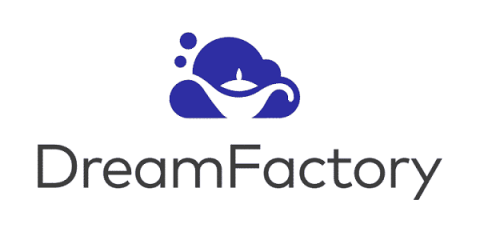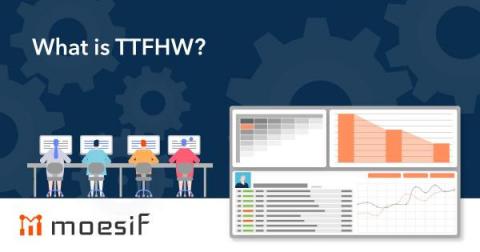Downstream and Upstream Mutual TLS With an API Gateway
Like many developers and operations professionals, you may have had complicated experiences with security and certificates (encryption of the connection and authentication). Maybe so much so that you try to avoid working on them whenever possible. If you’re looking for a simpler way, Kong may be the answer. As with everything with Kong, the idea is to make things as lightweight as possible, including the complexity of setting up and maintaining certificate-based security.








